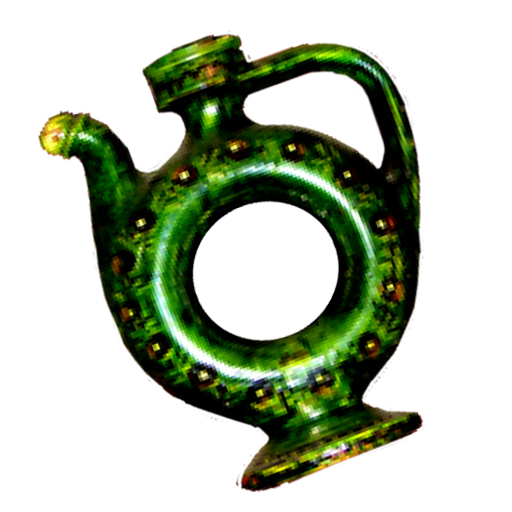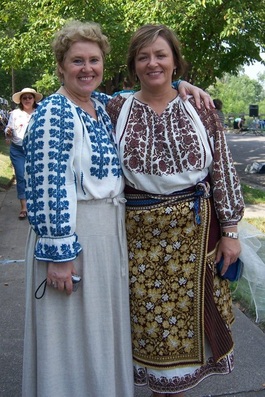

Like so many of the communities that develop far from their country of origin, a large part of the Romanian community’s history is made up of memories and maintained through heirlooms. The very objects that people treasure and bring with them help build a new identity by giving succor in their feeling of loneliness and cultural isolation.

One such object is the Oboga jug that my father brought from one of his theater tours when I was a small child. It was crafted in south-western Romania, in a famous pottery center, well known throughout Europe for its mastery of colors, shapes and motifs. The Oboga green, with its lush, almost leathery feel, told stories of ancient wild forests and fiery dragons.
This masterpiece adorned mantelpieces and library shelves for many years throughout my life, and it never left my sight. It made many a hard moments bearable.
It is now standing, quietly and charged with beauty, love and memory, on the mantelpiece of my fireplace, in St Paul, Minnesota; next to it are the picture of a Lakota elder and an icon of Mary Mother of God sent from a Paris exhibition by an old icon painter.
Years have passed, but this storyteller still holds her father’s jug close in her sight as an anchor to an identity that is not lost but has become intrinsically part of the new.
Many Minnesotans have such stories, after traveling to faraway countries hoping to find a link to ancestral history. Mine is simply more recent. You may remember this story and be reminded of your own, as you see the recurring image of the Oboga jug throughout HORA materials. ”
Raluca Octav